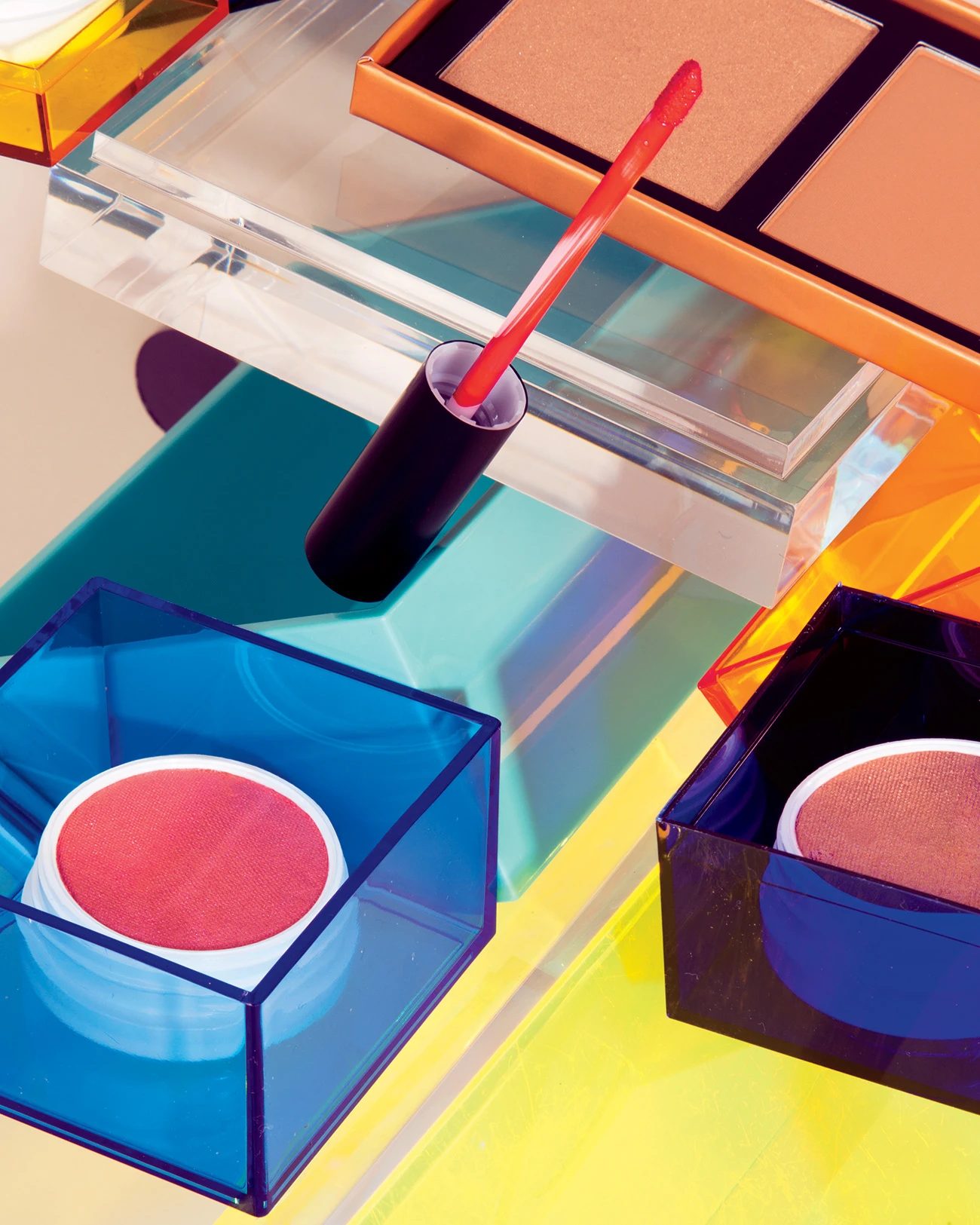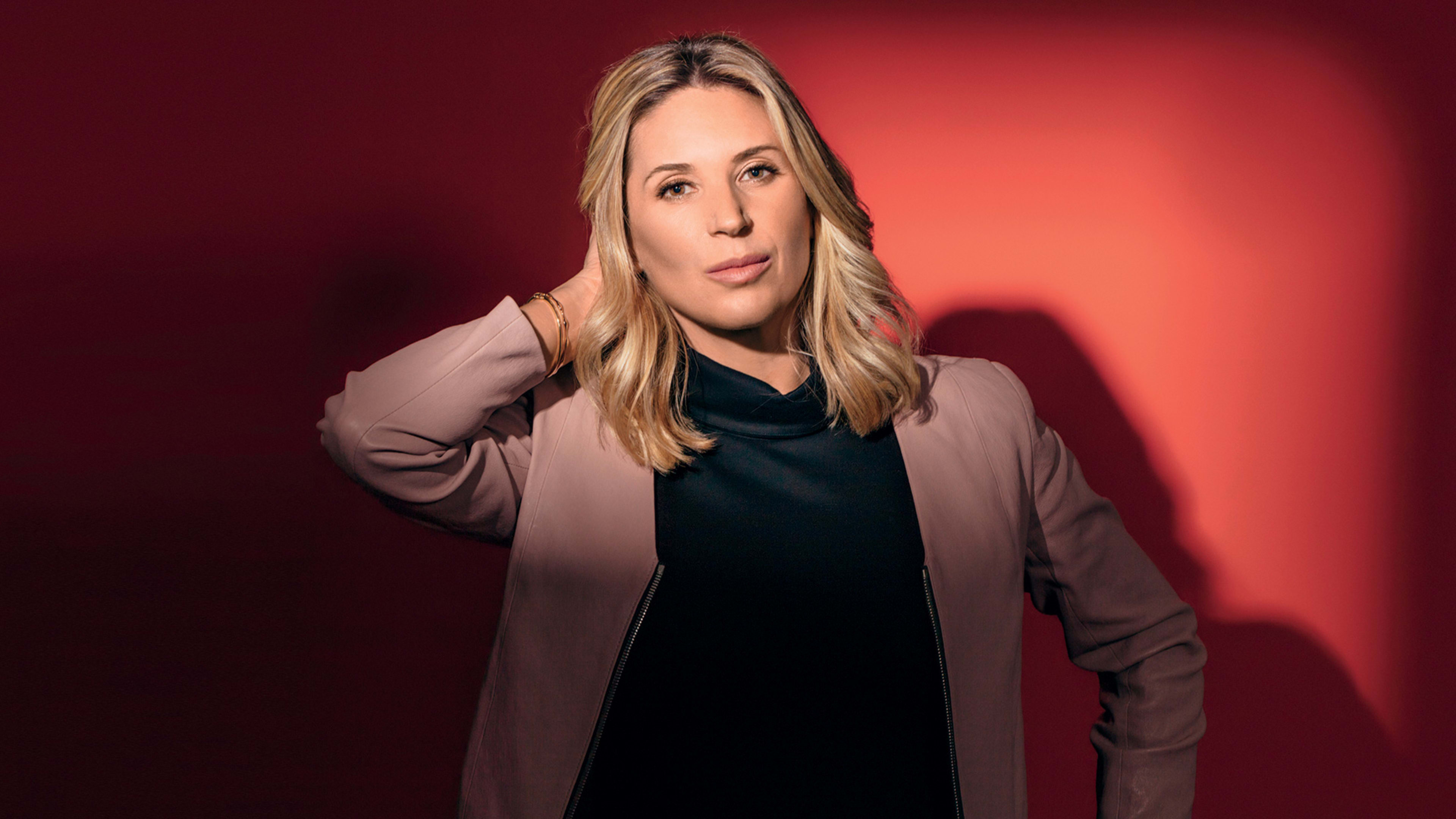Sibling entrepreneurs Laura and John Nelson launched ColourPop with a simple idea: makeup that would be native to Instagram, not drugstore shelves. It was 2014, and the duo—both working as executives at Spatz Laboratories, their father’s beauty industry supply company—saw Instagram and YouTube personalities posting makeup tutorials that were attracting huge audiences. The Nelsons also noted an uptick in overall cosmetics spending, which they attributed to excitement over those how-to videos and online product endorsements.
Taking advantage of Spatz’s high-volume manufacturing infrastructure, they created a company called Seed Beauty, which they hoped would serve as an umbrella for a range of new brands. The first of these was ColourPop, offering products specifically aimed at the kind of young people who were obsessing over, say, YouTube demos of how to do a cat eye.
Today, ColourPop and Seed are major players in the makeup business (ColourPop has more than 4 million Instagram followers—four times as many as Revlon). Seed now acts as an incubator and venture-capital fund for a range of makeup companies. Its highest-profile brand is Kylie Jenner’s Kylie Cosmetics, and it produces lines for social media stars such as Jenn Im, Kathleen Lights, and Karrueche Tran. The company’s merchandise is developed and made on its 200,000-square-foot Oxnard, California, campus. On any given week, Laura says, there are at least 1,000 different products being manufactured across the enterprises.

In an industry dominated by multinational stalwarts, the Nelsons’s digital-first strategy has allowed them to tap into a customer base that has little interest in the brick-and-mortar retail experience. “For us, [digital marketing] is like breathing,” says Laura, who serves as the company’s president (her brother is CEO). “You don’t think about when you’re going to take a breath, or how, or how long. It’s a fluid, natural part of the rhythm.”
Because it makes its own products and sells exclusively online, ColourPop is able to undercut the prices of more established brands; its most popular item, an ultra-matte lipstick, costs $6 (similar ones at Sephora start at around $12). The company can zip from concept to market in a matter of days, capitalizing on fast-moving trends. Take that lipstick: The Nelsons noticed that similar products were trending on social media in early 2015, and by summer, they had their own take ready to go—long before the heritage brands could react. The concept is similar to that of “fast fashion” brands such as Zara, which make their own versions of high-end designer clothing items at much cheaper prices.

But ColourPop isn’t simply knocking off luxury goods. Instead, it’s reacting to whatever digital influencers are excited about at any given moment, whether it’s a costly MAC eye shadow or a discount-store NYX lipstick. Employees are in constant contact with customers, often making fast tweaks to products or strategy in response to online feedback. “Our business model gives us the opportunity to be very in tune with fans,” Laura says. “When you ask them to get engaged, it’s important to show an immediate response. If it takes months, they feel disenfranchised. Like, ‘Why should I even tell you what I think?’ ”
From the start, a core element of ColourPop’s strategy has been matching its makeup to the right online beauty stars, who spread awareness with tremendous efficiency. Every employee—there are currently around 1,000, with an average age of 25—is expected to closely follow the beauty-influencer world, no matter how technical their role at ColourPop is. “We have formulators, chemists, and color matchers who say, ‘This shade I developed, we have to send it to this blogger,’ ” Laura says. That effort doesn’t go unnoticed. “They come up with things you wouldn’t imagine wearing, but you put it on the right influencer and it looks perfect,” says Karen Gonzalez, a makeup personality with more than 3 million Instagram followers. “It makes you want to step out of your box. Some brands, you don’t hear from them [very often]. ColourPop isn’t like that—it’s constantly happening.”
Two more Seed brands are set to launch in 2017 (the company isn’t ready to reveal details). And while the Nelsons say that they currently have no plans to move into brick-and-mortar stores, they are working on ways to make their small-screen brands more tangible, such as live events. “We’ve heard from our fans that they want to see and touch ColourPop in real life,” Laura says. “We’re trying to come up with interesting and creative ways to do that.” As for future ColourPop products and celebrity partnerships? The Nelsons have no idea—which is exactly how they like it. “We’re not coming at this from a top-down approach,” Laura says. “It’s not a personality-driven brand; it’s not a makeup-artist brand. We want to listen to our fans more than we want them to listen to us.”
Recognize your brand’s excellence by applying to this year’s Brands That Matter Awards before the final deadline, June 7.
Sign up for Brands That Matter notifications here.
